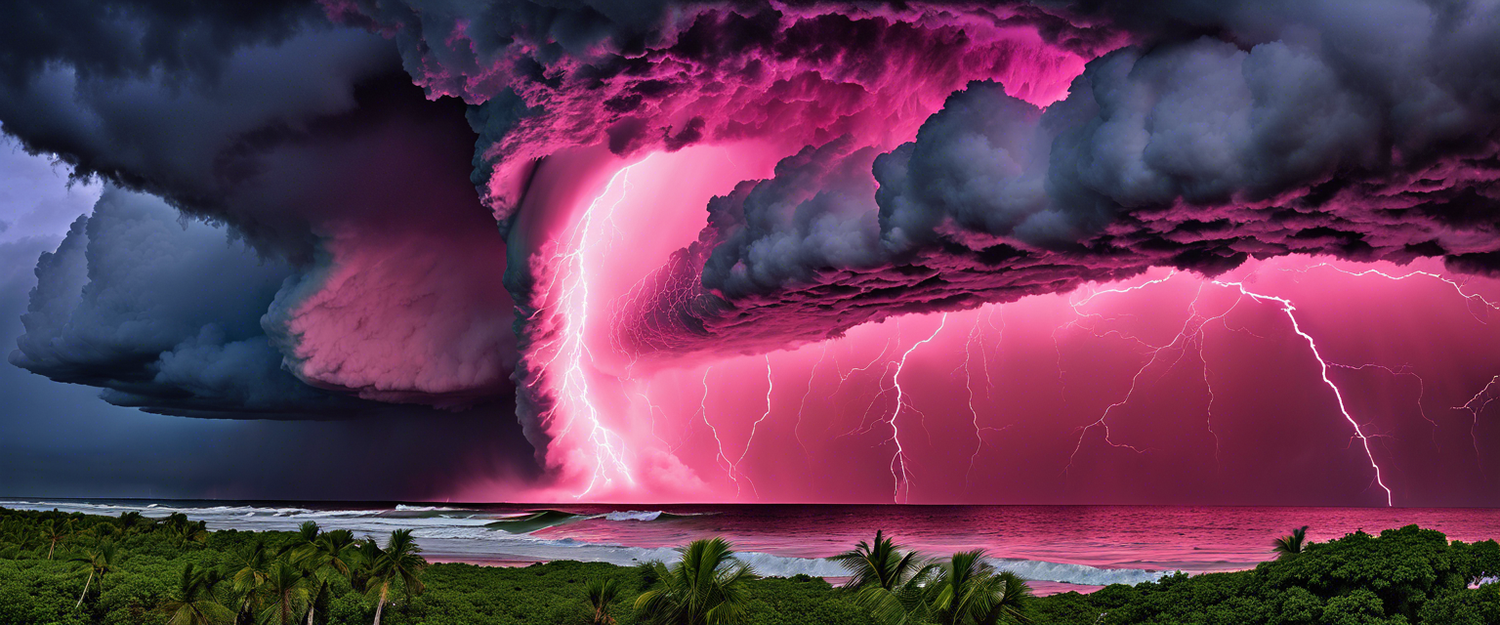Hurricane Milton: A Rapidly Intensifying Category 5 Storm
Hurricane Milton has made headlines after rapidly intensifying into a Category 5 storm, becoming one of the most notable storms in the history of the Atlantic hurricane season. According to the National Hurricane Center (NHC), Milton saw an unprecedented increase in wind speeds, underscoring both the ferocity of this cyclone and the changing climate impacting storm patterns.
Understanding Rapid Intensification
Milton's wind speeds increased by 80 knots (over 92 miles per hour) in just 24 hours. This rapid intensification is defined as a storm increasing sustained wind speeds by at least 30 knots (approximately 35 miles per hour) within the same timeframe. Only two storms in history, Hurricane Wilma in 2005 and Hurricane Felix in 2007, have intensified more quickly.
According to Karthik Balaguru, a climate scientist at the Pacific Northwest National Laboratory, "This is definitely off the charts. This is almost like three times the threshold that is used." The growing instances of rapid intensification raise concerns about community preparedness, especially as hurricanes become more unpredictable in their strength.
The Influence of Climate Change
Climate change is setting the stage for increasingly severe storms. Research shows a clear trend in the rise of hurricane intensification rates along the US Atlantic Coast since 1979, attributable to warmer sea surface temperatures, lower wind shear, and increased moisture in coastal regions. Balaguru's studies indicate that the likelihood of a tropical storm undergoing rapid intensification has increased significantly over the last few decades.
Milton's Meteorological Profile
By October 7th, the sustained winds of Hurricane Milton were estimated as high as 175 mph, confirming its status as a Category 5 storm on the Saffir-Simpson hurricane scale. The storm is expected to move toward the Yucatan Peninsula and then continue towards Florida's west coast, compounding the danger due to already recovering regions from Hurricane Helene.
The NHC warns that Milton may experience stronger wind shear upon approaching the Gulf Coast, potentially weakening the storm slightly. However, the threat of catastrophic outcomes remains; Tampa Bay could see a surge of up to 12 feet, prompting the issuance of urgent advisories for residents.
Recent Hurricane Impact: Lessons from Hurricane Helene
Just weeks prior, Hurricane Helene struck Florida’s Big Bend as a Category 4 storm, delivering dangerous storm surges that resulted in severe flooding and destruction. As Milton approaches more populated areas, the need for vigilant preparation and awareness becomes even more critical.
Conclusion: Preparing for Natural Disasters
The evolution of storms like Hurricane Milton serves as a stark reminder of the urgent need for communities to implement effective disaster preparedness plans. Preparation is key, and understanding how rapidly intensifying storms pose a direct threat to life and property is essential for safety.
Residents in vulnerable areas must stay informed about evacuation orders and emergency preparations. As the climate progresses, so too must our strategies in confronting these increasingly violent natural disasters.
Stay informed: Monitor updates from the National Hurricane Center and local authorities.



Zostaw komentarz
Wszystkie komentarze są moderowane przed opublikowaniem.
Ta strona jest chroniona przez hCaptcha i obowiązują na niej Polityka prywatności i Warunki korzystania z usługi serwisu hCaptcha.